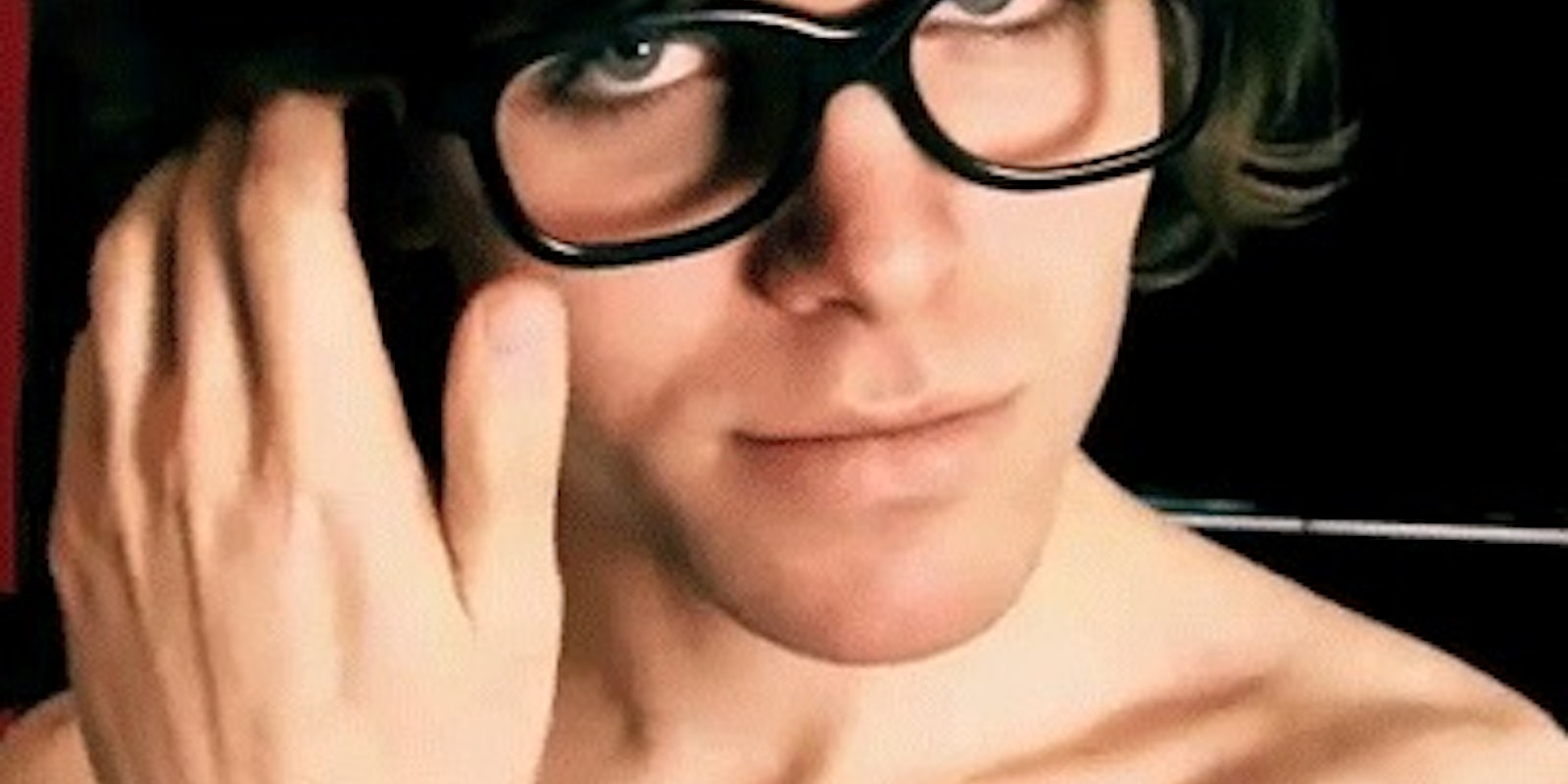It’s the case of the vanishing voicemails.
As the YouTube community rose up in arms against Onision, a homegrown celebrity whose comments about “forced” sex enraged many, someone tried to make a key piece of evidence against him disappear.
Onision made threats against an ex-girlfriend in voicemails he left for her, and a videoblogger included them in a video she created to critique him. That video got deleted, then restored, in bizarre circumstances—a copyright claim made by a gaming-video channel that said it had nothing to do with the original video or the takedown order.
The whodunit just served to draw more attention to Onision’s misdeeds. But the problem here is a lot bigger than one mouthy vlogger. It’s the growing use of copyright claims as a cudgel against enemies and rivals.
YouTube grew up with a law, the Digital Millennium Copyright Act, meant to protect sites hosting content posted by users from unfair copyright-infringement claims. People post 60 hours of video to YouTube every minute; there’s no way the site could actively screen videos in advance for copyrighted material. Instead, under the DMCA, copyright holders file claims, and YouTube responds by taking the offending material down.
The process works well enough for music labels and movie studios with big legal departments. However, YouTubers have taken to abusing the DMCA request process to remove any material they don’t like—sometimes using falsified personal information so the claim can’t be traced back to them.
Last September, one person falsely claimed copyright over music videos by Justin Bieber and Lady Gaga. It took hours for the videos to be restored. And that was an unusually fast response. It can normally take days or weeks for YouTube to restore a video—and that’s if the person who posted it responds with a counterclaim against the original DMCA request.
Nearly 8,000 YouTubers have signed a petition calling on Google to reform how it handles DMCA notices.
This is where Onision’s voicemails come in.
On his personal YouTube channel, which is followed by 150,000 subscribers, Onision has repeatedy discussed an ex-girlfriend since their relationship ended in September 2011.
Apparently motivated by his disclosures, an ex-girlfriend of Onision reportedly shared the voicemails with some YouTube vloggers. (Onision has acknowledged their authenticity.)
The voicemail messages don’t paint him in a good light. He refers to himself as a “stalker,” describes himself as having borderline personality disorder, and jokes about killing himself.
In a message he left in September, shortly after their breakup, he tells her that because she has been ignoring his phone calls, “I am going to reveal every single detail … and then everyone will know exactly who you are.”
Apparently following up on that threat, Onision has made videos since alleging his ex-girlfriend abused drugs and alcohol and was sexually promiscuous, among others.
So Onision might have reason to want the videos taken offline. Claiming copyright on voicemails is murky legal territory. Both the person leaving the voicemail and the person who records it might have arguable claims.
That’s where this tale gets strange: The takedown notice wasn’t even filed under Onision’s name.
The YouTuber AlexGoesPlaces had her copy of the voicemails removed “due to a copyright claim by SketchTechCraft” last week.
SketchTechCraft is an organization devoted to the popular game Minecraft. In January, it began using YouTube to share server-related videos under a YouTube channel of the same name.
Following a slew of angry emails by YouTube community members, members of SketchTechCraft responded with a video and a press release on January 25 denying any involvement:
“For whatever reason, somebody took it upon themselves to claim copyright in our name, and we will do everything in our power to see justice on this matter.
“We are currently investigating the issue and will release any information we have on the claimant as soon as we find anything. In the meantime we would like to express our full support to Alex, and hope she is able to get the video restored. We apologize for this issue, and are upset by the use of our company name.”
In an accompanying video, the video-game group wrote in the description that they had never heard of Onision before, and when they went to his site to ask about the DMCA request in a comment, they were promptly banned.
SketchTechCraft has since changed its name to Craftoholic, in what may be an attempt to dissociate itself from the Onision affair.
After the Daily Dot asked a YouTube public-relations representative about the takedown of AlexGoesPlaces’s video and SketchTechCraft’s disclaimer of any involvement in the request made in their name, the video was restored.
But most YouTube takedowns fly under the press’s radar. And as long as it’s easy to file a DMCA claim with false information, videos will keep disappearing.
Filing false copyright claims on YouTube is technically a violation of both the Digital Millennium Copyright Act and YouTube’s own rules. Users who have gotten caught filing them have been banned from the site.
If any good is to come out of Onision’s little soap opera, it’s this: a renewed push for reform on YouTube.
